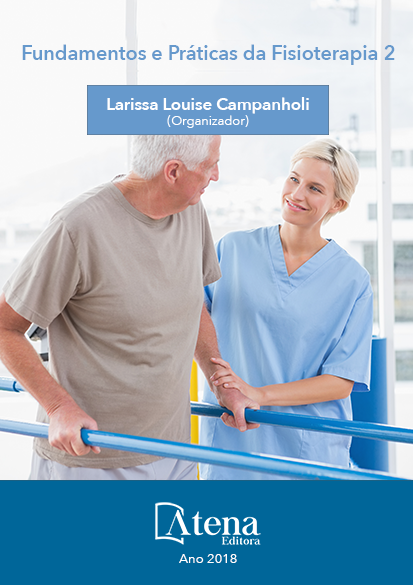
AVALIAÇÃO DA APTIDÃO MOTORA E DA QUALIDADE DE VIDA DE INDIVÍDUOS DA TERCEIRA IDADE PRATICANTES DA DANÇA SÊNIOR
Com o aumento da população idosa
no Brasil, cresce também a preocupação com
a qualidade de vida desses indivíduos, sendo
necessário buscar atividades que promovam
um bem-estar físico, psicológico e social. Nesse
contexto surge a Dança, prometendo atender
esses requisitos, mas ainda empobrecida de
estudos científicos. Portanto, o objetivo deste
estudo foi averiguar a influência desta prática
na qualidade de vida de indivíduos na terceira
idade. Foram avaliados 30 idosos em momento
único utilizando o Perfil de Qualidade de Vida
Relacionada à Saúde de Idosos Independentes
(QUASI) e divididos em dois grupos: Iniciante e
Avançado, de acordo com o tempo de prática
da Dança Sênior de cada um. Foi comparado
entre os grupos o score geral obtido, bem
como o score nos subitens que o compõe. A
amostra se mostrou homogênea em idade, com
média de 69±7,4 anos. Observou-se diferença
estatisticamente significante nos subitens
Percepção da Saúde, Função Psicológica e
Função social, bem como no score Geral, sendo
que o grupo Avançado apresentou um score
melhor nesses itens quando comparado com o
grupo Iniciante, indicando uma melhor qualidade
de vida. Notou-se também uma diferença
considerável nos outros subitens (Sintomas
e Função Física), mas não estatisticamente
significativa. Pode-se concluir que a Dança
Sênior mostrou-se uma atividade eficaz para a
melhora da Qualidade de Vida nos indivíduos
na terceira idade praticantes desta atividade,
especialmente relacionada à Percepção da
Saúde, Função Psicológica e Social.
AVALIAÇÃO DA APTIDÃO MOTORA E DA QUALIDADE DE VIDA DE INDIVÍDUOS DA TERCEIRA IDADE PRATICANTES DA DANÇA SÊNIOR
-
DOI: atena
-
Palavras-chave: Dança, Qualidade de Vida, Idoso
-
Keywords: Dance, Quality of Life, Elderly.
-
Abstract:
With the increase of the elderly
in Brazil, there is also a growing concern about
the quality of life of these individuals, and it
is necessary to seek activities that promotes
physical, psychological and social well-being.
In this context comes the Dance, promising to
meet these requirements, but still impoverished
scientific studies. Therefore, the objective of
this study was to investigate the influence
of this practice on the quality of life of elderly
individuals. Thirty elderly individuals were
evaluated at a single time using the Quality of
Life Profile Related to the Health of the Elderly (QUASI) and divided into two groups:
Beginner and Advanced, according to the time of practice of Senior Dance of each
one. The general score obtained was compared between the groups, as well as the
score in the subitems that composes it. The sample was homogeneous in age, with a
mean of 69 ± 7.4 years. A statistically significant difference was observed in the subitems
Health Perception, Psychological Function and Social Function, as well as in
the General score, and the Advanced group presented a better score in these items
when compared to the Beginner group, indicating a better quality of life. There was
also a considerable difference in other subitems (Symptoms and Physical Function),
but not statistically significant. It can be concluded that the Senior Dance showed to be
an effective activity for the improvement of the Quality of Life in the individuals in the
third age practitioners of this activity, especially related to the Perception of the Health,
Psychological and Social Function
-
Número de páginas: 15
- Lucas Oliveira Klebis
- Claudia Regina Sgobbi de Faria


